The practice of medicine in Ireland can be traced back to the earliest times and incorporated various practices, including the use of herbal remedies and surgical procedures. In this article, you will discover the fascinating world of medicine in ancient Ireland, where secret knowledge was passed down from one generation to the next, and healers were highly respected members of society.
Brehon Law legal manuscripts dating back to medieval times provide insights into the use of herbal remedies and surgical procedures and outline the duties and responsibilities of physicians in the tribe. These legal texts also reveal the important role of physicians in society and the legal aspects of healthcare in early Ireland. They show that physicians were accountable for their actions and responsible for their patient’s care, with legal liability for medical malpractice being a serious issue. Sick maintenance was also an essential part of healthcare, with physicians held responsible for their patient’s recovery.
The practice of medicine in ancient Ireland was steeped in tradition and was a central aspect of society. The Annals of the Four Masters, a comprehensive chronicle of Irish history compiled in the 17th century, records Cruithneachán mac Cuilt to be the first known physician, he lived around 860 AD. While mac Cuilt might be the earliest recorded by the Four Masters, Irish mythology tells stories of healers, herbalists, and doctors from much earlier times.
It is important to note that the Irish herbal physician of the 15th century and before was not a mere practitioner but a highly trained professional. These physicians, or liaigs, were educated for years in regulated medical schools, which were governed by hereditary physician families. These families developed curricula, oversaw practical training, and ensured that the best of European learning was combined with indigenous knowledge through the translation of manuscripts used in respected medical schools abroad.
In pre-17th-century Ireland, liaigs enjoyed privileges similar to those of precious metal workers and smiths. Each territory had a “luibh gort,” or local herb garden, to supply medicine for the local people as mandated by the Gaelic laws. However, political turmoil and the imposition of penal laws led to the decline of the liaig profession, making it difficult for them to practice without pledging loyalty to the crown.
Read on to discover more about medical practices in early Irish history.
Early Irish Medicine in Irish Mythology

In the story of Nuada’s arm, both Dian Cecht’s son Miach and daughter Airmid played crucial roles in the restoration of the injured king’s limb.
When the then King of the Tuatha Dé Danann, Nuada, lost his arm in battle, Dian Cécht was unable to heal him and instead created a silver arm to replace the missing limb. However, the silver arm did not function properly and caused Nuada great discomfort.
Dian Cécht has a son named Miach who possessed great healing abilities and became determined to heal Nuada’s arm completely. He removed the silver arm and replaced it with a flesh and bone arm, which he crafted using his knowledge of medicine and surgery. Miach’s expertise was such that he was able to fully restore Nuada’s arm to its original function, and Nuada was able to wield a sword once again.
Dian Cécht became envious of his son’s abilities and jealous of the admiration Miach received for his work. Blinded by this jealousy, and possibly symbolic of some deeper wisdom we no longer understand, Dian Cécht killed his son Miach.
Airmid is said to have wept over her brother’s body, and her tears caused the herbs to grow and flourish. She arranged the herbs in a circle, cataloged into 365 separate plants, one for each day of the year and each its own designated place, and from that day on she became known as the goddess of herbs and healing.
There is a lot packed into this tale. From our modern perspective, we might interpret Nuada’s Silver-arm as some primitive (or maybe advanced?) form of prosthetics. As for the regrowing of his flesh, science is on the cusp of similar abilities, though here it seems there is a little magic involved – as is the usual nature of Tuatha Dé Danann. It wraps up science, biology, surgical procedures, herbology, medicine, hidden knowledge, and an ancient veneration held for the arts into a compelling narrative. It also highlights the hereditary approach to medical practices traditionally employed in early Ireland (more below) that must have existed in some form from the earliest of times.
Ancient Irish Herbal Remedies
The use of herbal remedies in ancient Ireland was deeply rooted in the society’s culture and traditions. The Druids, who were highly respected figures in Irish society, were known for their knowledge of herbalism and the healing properties of plants. They were regarded as spiritual leaders and healers, and their practices and teachings were highly valued. They were believed to have the ability to communicate with the spiritual world, and their knowledge of herbs and plants was considered a gift from the gods.
The rich tradition of Irish herbal medicine, which once flourished, has been largely lost due to repeated invasions and advancements in biomedicine. Fortunately, the tide is turning, and the ancient wisdom of herbal remedies is being rekindled through new research, learning, and knowledge.
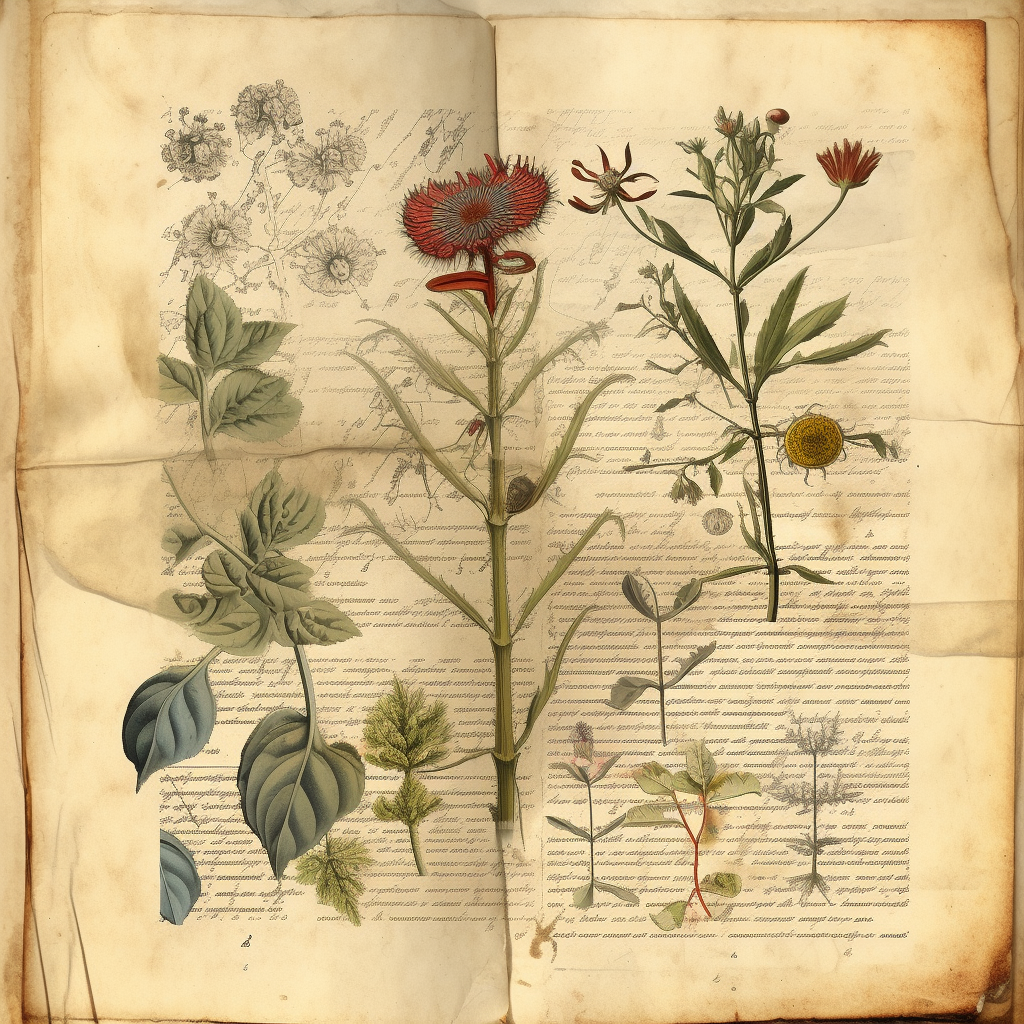
Continuing in this ancient tradition, the early Irish physicians also relied on their knowledge of the island’s abundant flora to create treatments for various ailments. For example, St. John’s Wort was used to alleviate symptoms of depression and anxiety, bogbean was used to treat fevers and headaches, and meadowsweet was used to treat pain and inflammation.
In the past, Irish families passed down specific cures for ailments through generations. These remedies could treat anything from shingles to sprains, and many people still swear by their effectiveness. This attests to the incredible wealth of knowledge contained in the Irish herbal tradition. These remedies were often brewed into teas or poultices and applied topically or ingested. Knowledge of herbal medicine was passed down through generations and played a significant role in early Irish medical practices.
Some of the herbal remedies used in Ireland include:
- Mistletoe: Revered by the Celts and used as medicine and religious sacrament, especially when grown on the English oak.
- Glastum or dyer’s woad: A source of blue dye.
- Beech ashes: Employed for reddish hair.
- Hellebore: Utilized as arrow poison.
- Selago (similar to savin): A remedy for eye infections.
- Muellin: A solution for respiratory problems.
- Yarrow (Achillea millefolium): Known for its ability to stop bleeding, reduce inflammation, and alleviate pain, yarrow has been used to treat wounds, digestive issues, and respiratory problems.
- Nettle (Urtica dioica): Nettle has been used to treat inflammation, allergies, and joint pain. It is also a natural diuretic and has been used to support kidney function.
- Plantain (Plantago major): With its anti-inflammatory, antibacterial, and astringent properties, plantain has been used to treat skin irritations, insect bites, and wounds.
- Hawthorn (Crataegus monogyna): Hawthorn has a long history of use for heart and circulatory system support, helping to lower blood pressure and improve overall heart function.
- Meadowsweet (Filipendula ulmaria): Used for its anti-inflammatory, analgesic, and antacid properties, meadowsweet has been employed to treat gastrointestinal issues, such as heartburn and indigestion, as well as to alleviate pain and inflammation.
- Elder (Sambucus nigra): Elderberries and elderflowers have been used to treat respiratory infections, colds, and flu. They have immune-boosting properties and are also used to alleviate allergies.
- Marshmallow (Althaea officinalis): Known for its soothing, mucilaginous properties, marshmallow has been used to treat inflammation of the mucous membranes, such as in cases of sore throat, cough, and gastrointestinal irritation.
- Cleavers (Galium aparine): Cleavers have diuretic, lymphatic, and detoxifying properties, making them useful for treating urinary tract infections, skin conditions, and supporting the lymphatic system.
- Borage (Borago officinalis): Traditionally used to improve mood, reduce anxiety, and alleviate adrenal fatigue, borage is also known for its anti-inflammatory and diuretic properties.
- Dandelion (Taraxacum officinale): Dandelion has been used to support liver and kidney function, acting as a natural diuretic and helping to detoxify the body. The leaves and roots have also been used to treat digestive issues and skin conditions.
Hereditary Physicians: The Role of Family Lineage in Early Irish Healthcare
The role of family lineages in the provision of healthcare during early Irish history is a significant aspect of the nation’s medical heritage. After the Norman period, the practice of medicine in Ireland was primarily a family affair as knowledge of the craft was passed down through generations within specific families. These families, known as ‘ollamh leighis,’ served as physicians to the ruling dynasties and their communities, with each family specializing in various medical fields. The hereditary nature of these medical practitioners is corroborated by the existence of extensive genealogical records that trace the lineage of these physician families. Over time, multiple branches of the same family would serve different túatha, or tribes, as their designated physicians, ensuring the continuation of their medical knowledge and skills.
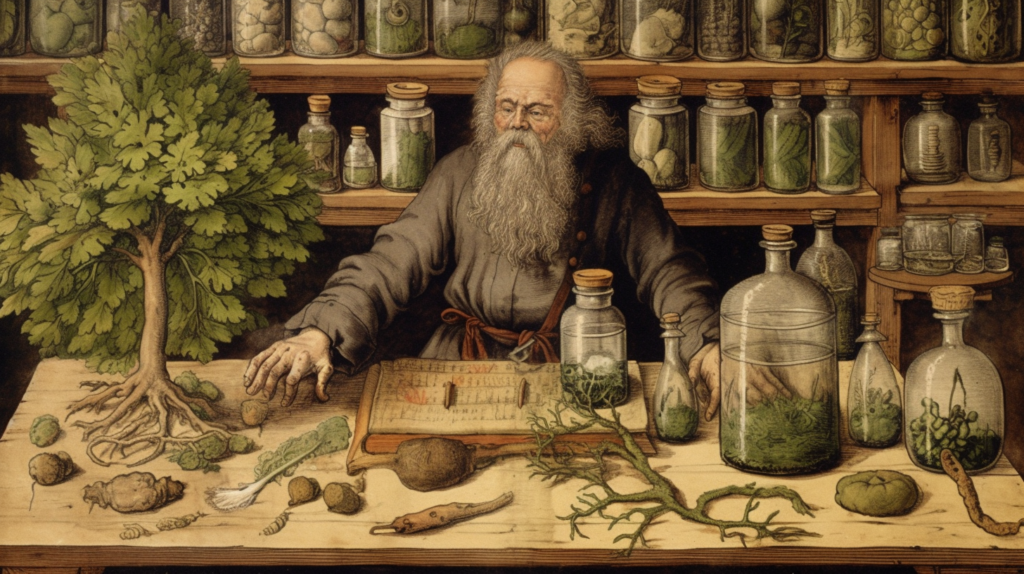
The hereditary system of medicine in Ireland ensured a consistent supply of skilled and knowledgeable physicians throughout the island. However, it also limited access to medical education and practice to those belonging to established medical families. This exclusivity served to uphold the professional status of hereditary physicians but may have restricted the development of medical practice by limiting the diversity of practitioners and ideas.
Despite the limitations posed by the hereditary system, the role of family dynasties in early Irish healthcare was crucial in preserving and transmitting medical knowledge across generations. The enduring influence of these medical families is evidenced by the numerous medical manuscripts and texts that have survived from this period, such as the Leabhar Breac and the Book of Ballymote, which contain valuable insights into the medical practices and beliefs of early Irish society.The hereditary system of medicine in Ireland ensured a consistent supply of skilled and knowledgeable physicians throughout the island. However, it also limited access to medical education and practice to those belonging to established medical families. This exclusivity served to uphold the professional status of hereditary physicians but may have restricted the development of medical practice by limiting the diversity of practitioners and ideas.
Despite the limitations posed by the hereditary system, the role of family dynasties in early Irish healthcare was crucial in preserving and transmitting medical knowledge across generations. The enduring influence of these medical families is evidenced by the numerous medical manuscripts and texts that have survived from this period, such as the Leabhar Breac and the Book of Ballymote, which contain valuable insights into the medical practices and beliefs of early Irish society.
‘Descendant of the Healer’ – The O’Hickey Hereditary Physicians
Many of these hereditary physicians were trained at medical academies, which were established in Ireland by the 9th century. The Brehon Law texts, an essential body of legal literature in early Ireland, outlined the various qualifications and requirements for physicians. The knowledge imparted at these academies extended beyond the mere practical skills of healing and encompassed the study of medical law and ethics, providing physicians with a comprehensive understanding of their role in society. One such family was the O’Hickey’s, who have from remote times been the hereditary physicians to the O’Briens, Kings of Thomond, the descendants of Brian Boru. The O’Hickey family name comes from the Gaelic Ó hÍceadha, meaning ‘descendant of the healer,’ and it has retained this association to the current day with a chain of Irish pharmacies that bear their family name.
“Sick Maintenance” and the Law of Liability in Early Ireland under the Brehon Laws
Under the Brehon Laws, a person who unlawfully assaulted another was liable to pay a fine known as éric or corpdíre for the injury inflicted and an honour-price based on the status of the victim. Additionally, the offender had to provide sick-maintenance (othrus), which involved looking after the victim until he or she had recovered. Legally inflicted injuries, such as in self-defence, were not liable for othrus, however. These were called fuil slán, which meant “free blood”. For minor injuries, there was no obligation to provide othrus, but the perpetrator still had to pay the éric for the injury, which was calculated as a fraction of the fine for homicide.
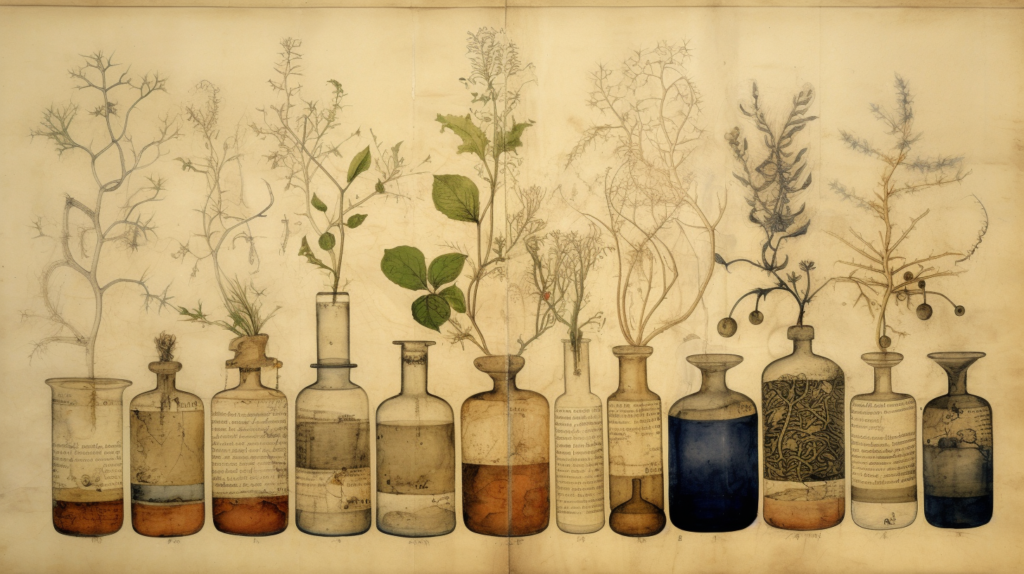
Sick maintenance, or “othrus,” was an obligation placed on the person responsible for the injury, with specific laws regulating its provision. If a person was injured and still required nursing after nine days, the person responsible for the injury was obligated to provide sick maintenance. This involved taking the injured person to the house of a third party, usually a relative or a friend, and ensuring they received the necessary care and attention until they were fully recovered. The culprit had to cover all medical expenses, including suitable food and accommodation, and provide a substitute for the victim’s work during the recovery period.
Despite the importance of sick maintenance in early Irish society, the Críth Gablach, a text on law and custom dating from the 7th century, states that sick maintenance had already been abandoned by the time of its writing. This indicates that the obligation to provide sick maintenance was not always strictly enforced, and that other forms of compensation were being used instead.
To read more about this topic see Sick Maintenance: Injury, Restorative Justice, and Legal Liability in Early Ireland.

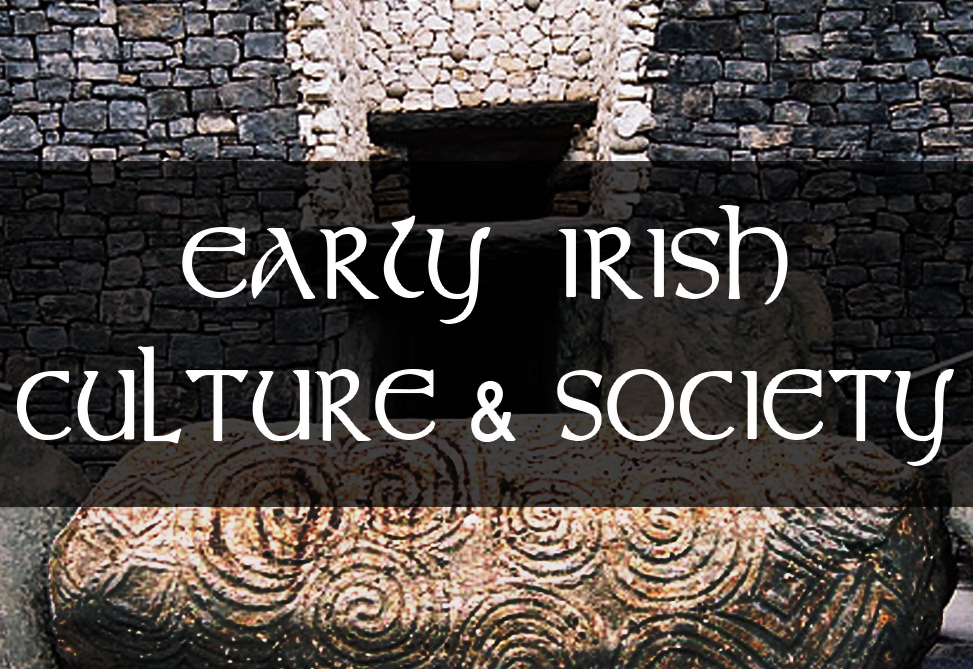

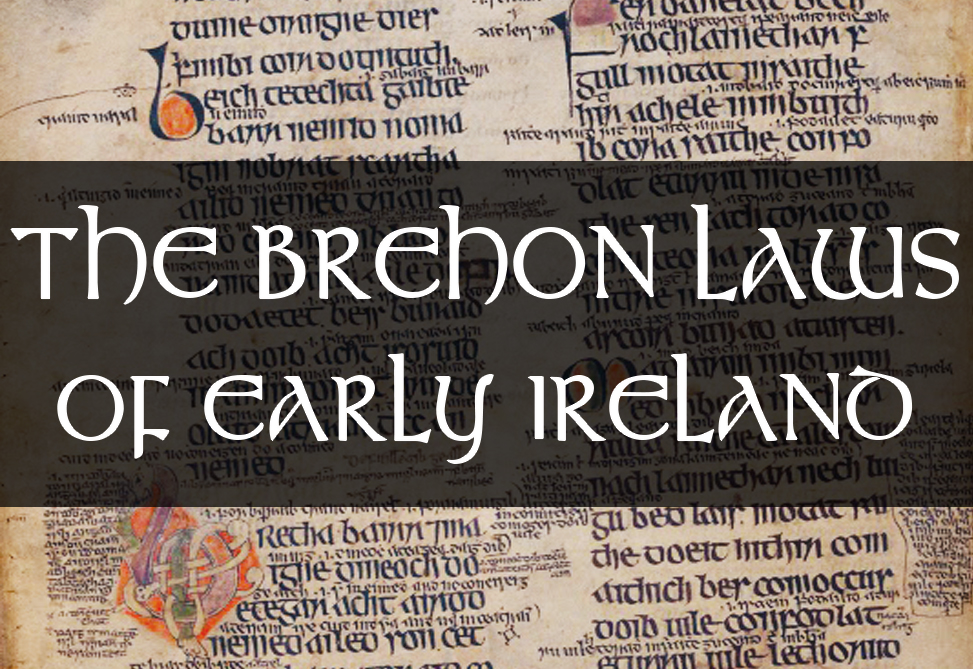

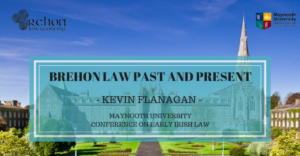
Pingback: Древние ирландские медицинские практики: изучение ранней ирландской медицины в соответствии с законами Брегона - ONE HISTORY